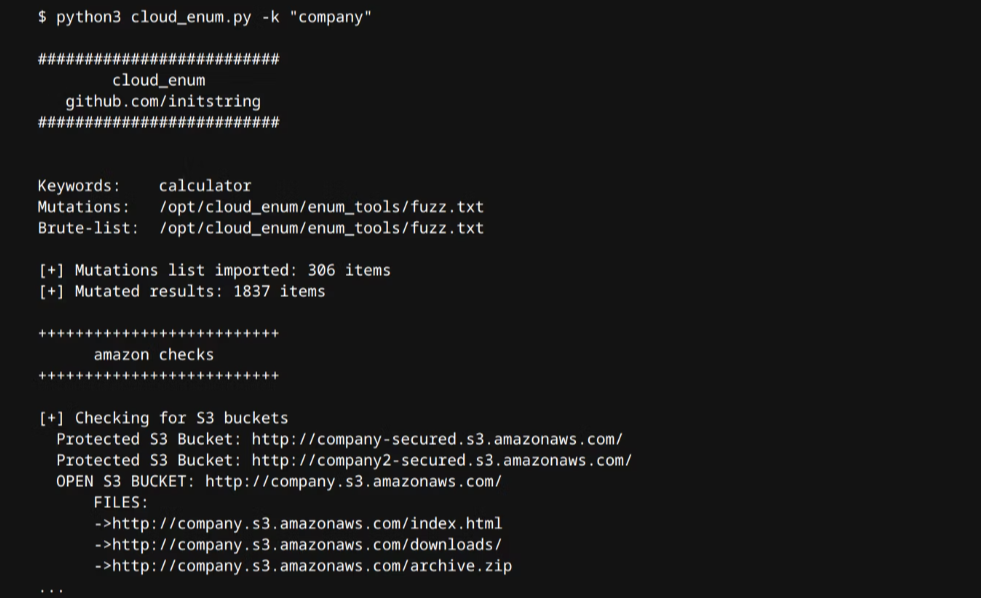11 Raspberry Pi Cybersecurity Projects to Enhance Your Resume and (Finally) Land that Job
Editor’s Note: Don’t forget to take advantage of this All Access Pass.
While the Raspberry Pi was initially built as a tool to help teach computer science in schools, tech enthusiasts and hobbyists have discovered a variety of ways to use the affordable micro-computer for personal and professional tasks.
If you’re looking to enhance your resume, for instance — and impress hiring managers — these Raspberry Pi Cybersecurity Projects are a great way to demonstrate your knowledge beyond courses, labs, and certifications, while learning the finer points of operating systems, programming languages, and computer networking.
“We've found the Raspberry Pi to be great low-cost devices for building very capable honeypots," Dr. Johannes Ullrich, Dean of Research at SANS Technology Institute told AccessCyber. "Our honeypots appear as vulnerable routers, insecure enterprise software, or IoT devices. Students analyze the data from these honeypots which provides them with a great opportunity to learn about current attacks and write about them. They learn what threats are common and how to explain why a particular attack is interesting and different."
Get Started with these Raspberry Pi Cybersecurity Projects
Build a Kali Linux Hacking Lab
Build a penetration testing lab with Kali Linux, and hack all the things — legally(!)
CIRClean USB Key Sanitizer
Go ahead, plug in that random USB drive you found…
Just be sure to sanitize it first.
Honeypot
A decoy server to catch attackers? Devious.
Matt South from TrustFoundry shows you how to build your own HoneyPi using PSAD
This guide from Bob Mckay provides detailed instructions on setting up a honey pot using OpenCanary
On his Youtube Channel, Wolfgang shows us how to trap attackers in a honeypot
Pi-VPN
Browse privately from anywhere.
The PiVPN Project call itself 'the simplest way to setup and manage a VPN’.
Here’s a PiVPN video tutorial from Jeff Geerling
Travel Router
Stay secure on the go.
Tristam shows us how to put together a travel router using OpenWRT.
Pi-Hole
Because we’re all tired of ads.
Get rid of them with Pi-Hole, a network-wide ad blocker.
Docker Home Lab
A place to practice your l33t hax0r skills.
Build an offensive security home lab with Grant Collins
Private Cloud Storage
Got cloud concerns? Here’s one solution.
Hosting your own cloud server is less daunting than it seems.
Tor Router
Browse the web anonymously — and explore the deeper parts of the web — with your very own Tor Router
Check out this step-by-step guide to setting up your own Onion Pi from Adafruit
Password Manager
Don’t trust commercial password managers? We get it. Build your own.
Ravi Singh shows you how, over at MakeUseOf
BYOPM – Bring Your Own Password Manager guide from NovaMostra
Video tutorial from WunderTech
Pwnagotchi
Remember Tamogotchi, the digital pet? Well, Pwnagotchi is similar…. except it performs deauthentication attacks. Whoops. Here’s how to build one.






















